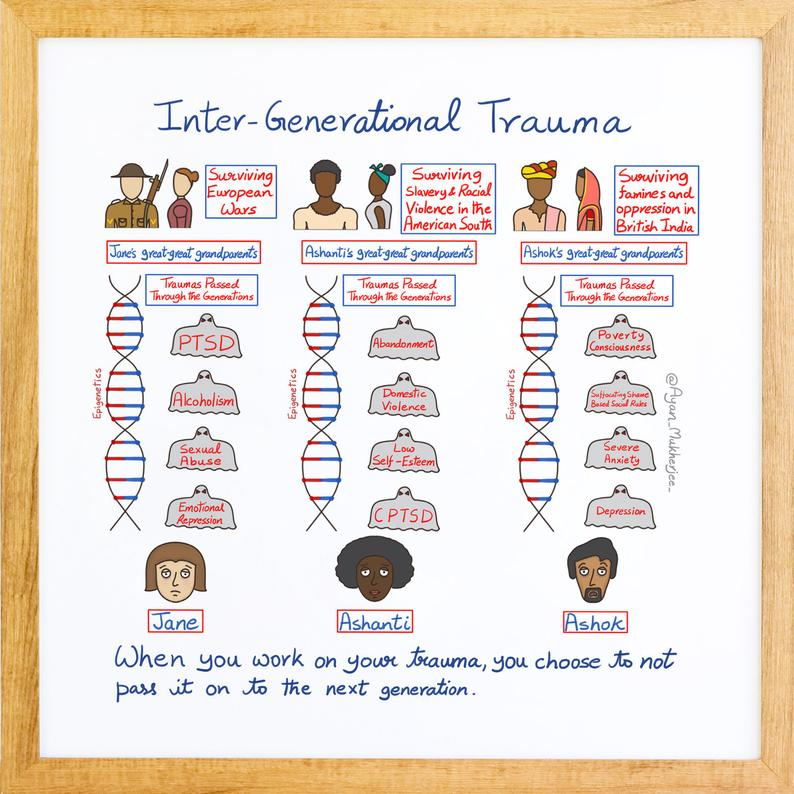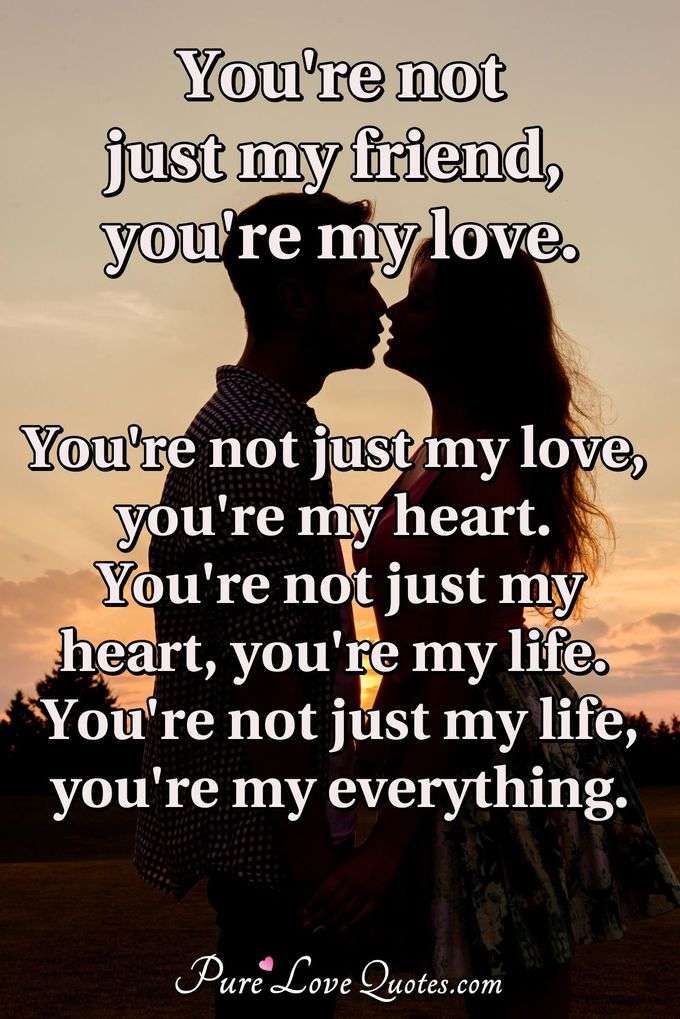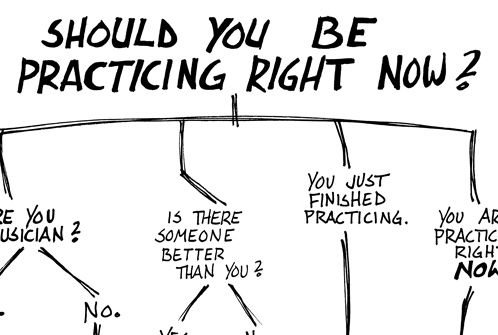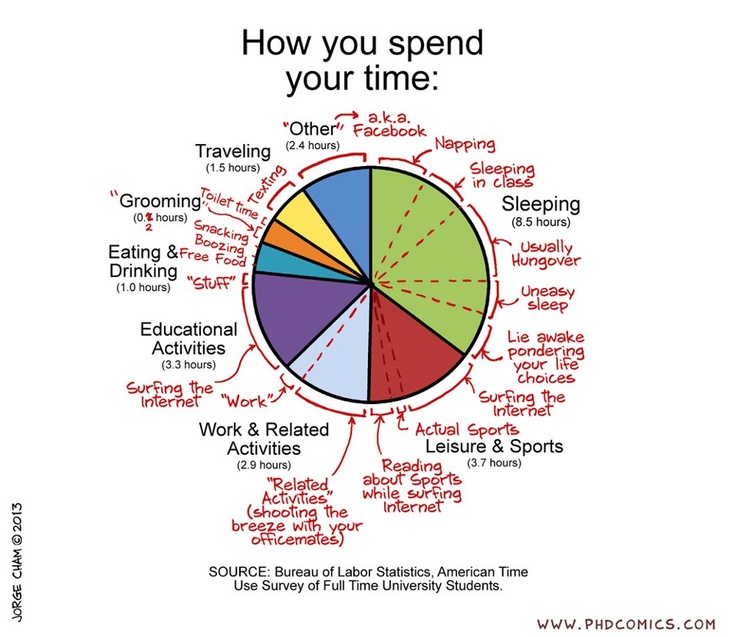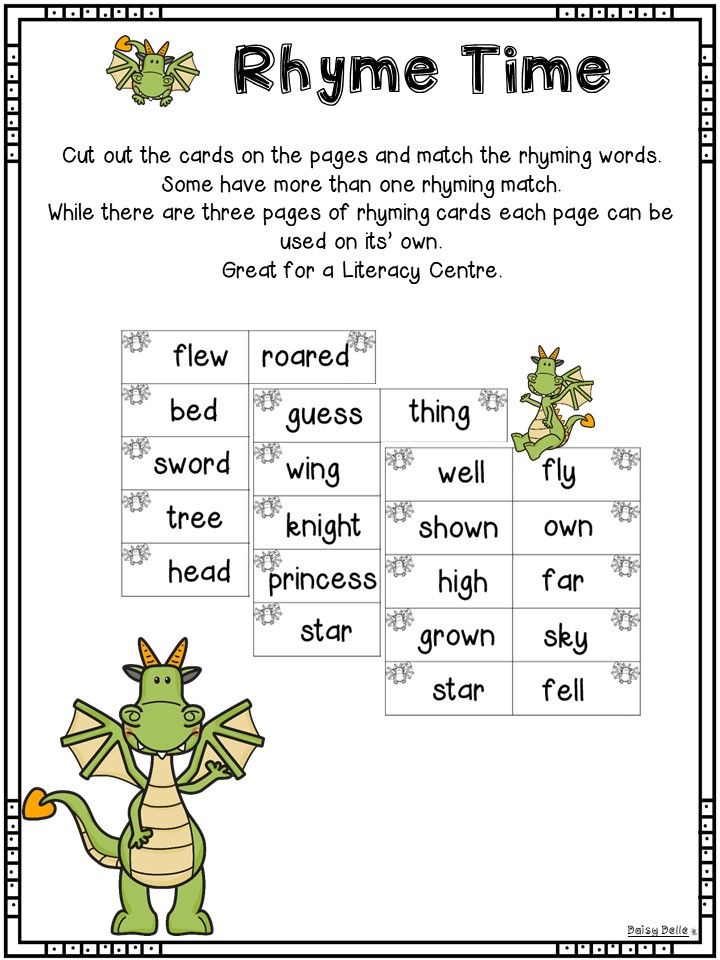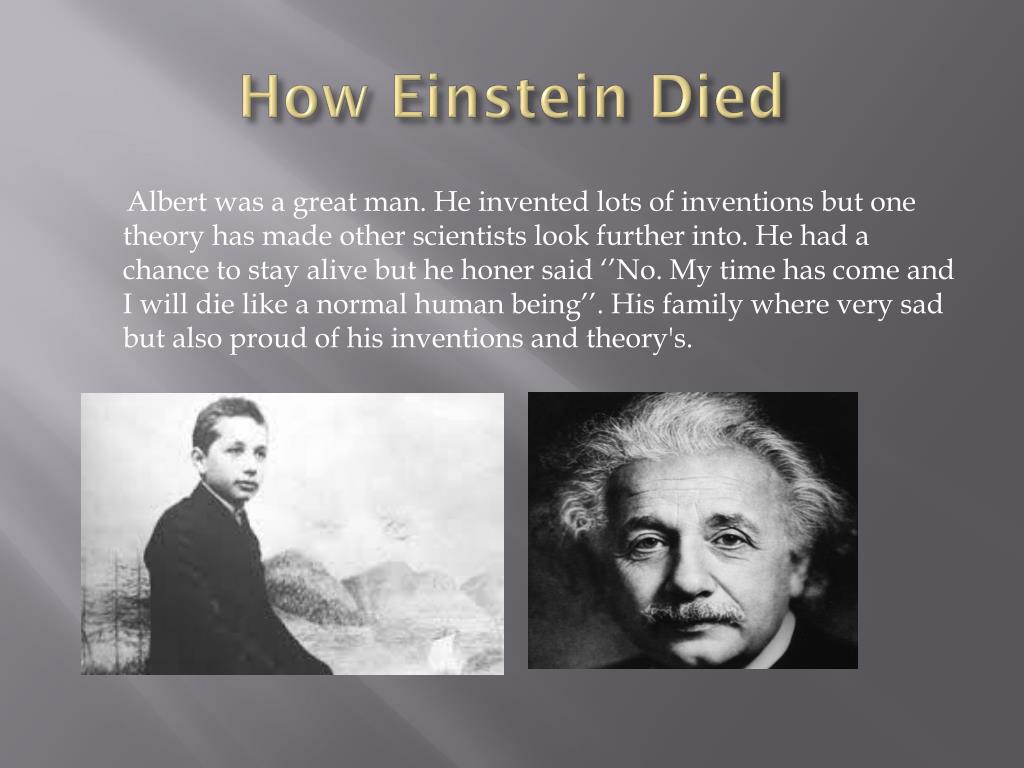Intergenerational trauma from a mental health perspective
How can mental health professionals understand intergenerational trauma?
Támara Hill
Támara Hill, MS, NCC, CCTP, LPC is a licensed therapist and certified trauma professional who specializes in working with children and adolescents who suffer from mood disorders, emotional trauma, and disruptive behavioral disorders. Disclaimer: This is an independent blog and ACAMH may not necessarily hold the same views.
Posted on
I am motivated by the topic of trauma. This motivation led me to become a trauma therapist about 8 years ago. Of the 8 out of the 10 years I’ve been in the field of psychotherapy, I recognized a major need for real trauma therapists, especially for children and adolescents.
Although becoming a trauma therapist entails a license and certification as well as engagement in an approved training program, becoming a trauma therapist requires much more than this. It requires a deep interest in the emotional and psychological challenges of sufferers. It also includes an authentic connection to the client including knowledge, interest, love and compassion, and access to educational resources. Sadly, most people, including mental health therapists, struggle to understand what emotional and psychological trauma is, even though it affects about 26% of the United States child population and about 60% of adults. In the United Kingdom, an article published by the Independent stated that 4 systematic reviews of trauma-based studies showed only 0-22% of psychiatric patients were asked about a history of trauma. Another review showed that there were over 58,000 children identified as needing protection from abuse (a traumatic experience) in the UK in 2016. It’s a major public health concern (all over the world) that mental health professionals are becoming more aware of, but slowly.
Those who are aware of the importance of understanding traumatic stress and emotional trauma may not fully understand the topic of intergenerational trauma.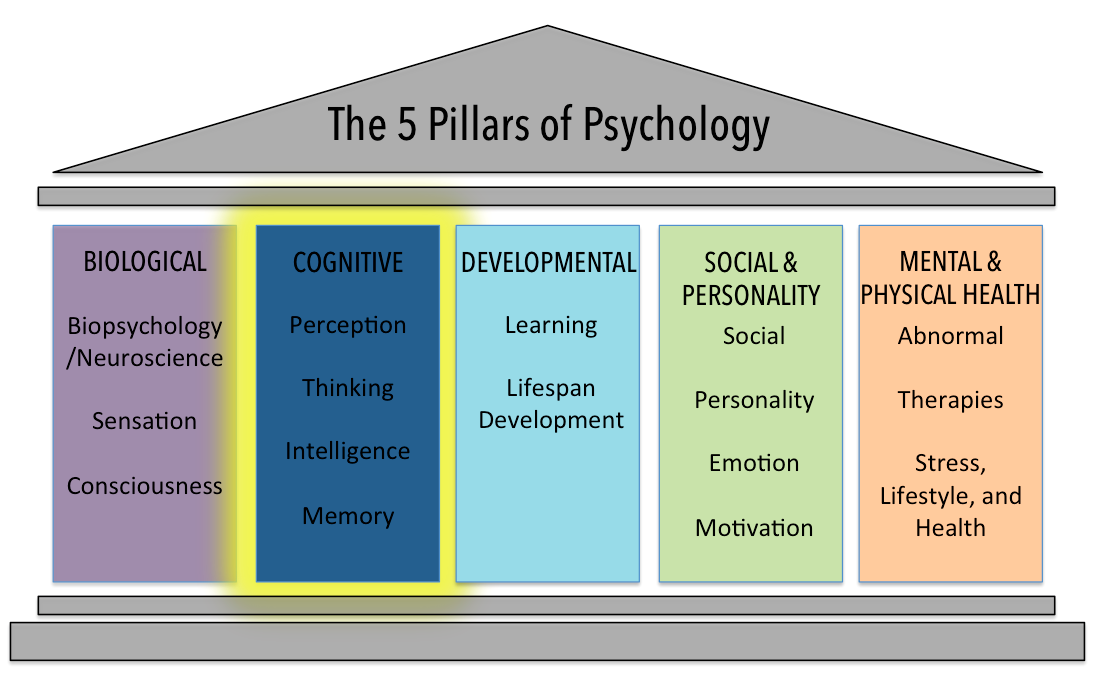 We certainly need this to change.
We certainly need this to change.
I tend to define inter-generational trauma as a traumatic event that began years prior to the current generation and has impacted the ways in which individuals within a family understand, cope with, and heal from trauma. For example, the patriarch of a family may suffer from an untreated severe mental health disorder which causes him to engage in harmful behaviors toward his daughter. This daughter, having endured years of emotional and psychological abuse, now has her own family but has not been able to release herself (psychologically and emotionally) from the torture she endured. As a result, she begins to exhibit many of the same behaviors of the patriarch which leads to her own children exhibiting similar behaviors. These behaviors, including dysfunctional ways of coping, continue for generations. These unhealthy behaviors then become a “normal” way of raising children within the family.
Intergenerational trauma can negatively impact families as a result of:
- Unresolved emotions and thoughts about a traumatic event
- Negative repeated patterns of behavior including beliefs about parenting
- Untreated or poorly treated substance abuse or severe mental illness
- Poor parent-child relationships and emotional attachment
- Complicated personality traits or personality disorders
- Content attitude with the ways things are within the family
I’m sure you have heard of the families who hide sexual abuse for generations until someone decides, in the family tree, to end the secrecy and get real help. This is a common occurrence but something many clients tend to be ashamed of. In fact, it appears some mental health professionals may not know quite how to address it either. It has been my experience that it is easier for a therapist to allow the client to “guide” sessions instead of the therapist broaching uncomfortable topics of family trauma. Some of this avoidance is healthy, while some of it is not.
This is a common occurrence but something many clients tend to be ashamed of. In fact, it appears some mental health professionals may not know quite how to address it either. It has been my experience that it is easier for a therapist to allow the client to “guide” sessions instead of the therapist broaching uncomfortable topics of family trauma. Some of this avoidance is healthy, while some of it is not.
In addition, we must keep in mind that traumatic stress isn’t necessarily an inevitable consequence of a traumatic event itself. Traumatic stress is connected to how the individual processes and perceive the event and how they use their resources to cope. Trauma can result from any circumstance that outweighs your ability to cope. It is very subjective which is why we, as mental health professionals, must be careful not to imply trauma (even if the event would be traumatizing to us). This is a mistake I made as a beginning trauma therapist.
So how do you help a client or family suffering from generations of traumatic experiences? Awareness, education, and training.
Here are a few things to keep in mind about intergenerational trauma:
- Understand that intergenerational trauma almost always includes a loss of safety (emotional/psychological, physical, financial, etc).
- Be aware of the emotions your clients are expressing to you and be open to psychoanalyzing their reactions and the ways they discuss their emotions.
- Encourage your client to openly discuss (when ready) the loss they feel and why. You can eventually help them define and add meaning to their story.
- Help them understand that while you want to give them time to open up, you will not “stall” for time if the inter-generational trauma is the elephant in the room.
- Once the heavy processing involved in trauma work is over, lead your client to focus on designing a future far removed from their thoughts and feelings of the intergenerational trauma. They must understand that generational chaos can end with them.
We have so many lives that need us.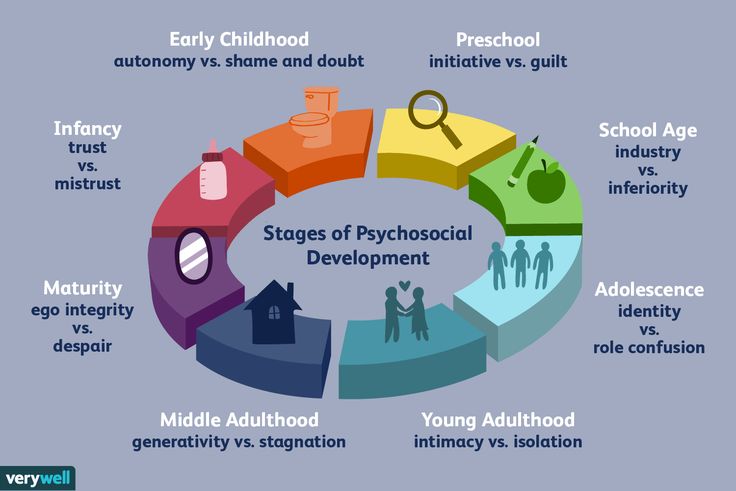 We have so many callings in this field. It is up to us to offer our clients the support and care they so desperately seek. Becoming and ultimately feeling competent, knowledgeable, and ready is the first step toward offering our clients quality trauma-informed care.
We have so many callings in this field. It is up to us to offer our clients the support and care they so desperately seek. Becoming and ultimately feeling competent, knowledgeable, and ready is the first step toward offering our clients quality trauma-informed care.
Breaking the Cycle – Intergenerational Trauma
Intergenerational trauma is “transmitted through attachment relationships where the parent has experienced relational trauma and have significant impacts upon individuals across the lifespan, including predisposition to further trauma” (Isobel, S., Goodyear, M., Furness, T., & Foster, K., 2019). Fortunately, the understanding of this method of the transmission of trauma is now becoming more widespread and given a more serious focus than in the past. It is described by Van der Kolk that the ability to feel safe with others is “probably the most important aspect of mental health” (2015, p.81). But what if those who you are supposed to feel safe with, your own family, are the ones causing said source of suffering and are inhibiting your capability of feeling safe with and trusting in others? In a film created by The International Society for the Study of Trauma and Dissociation, the contributors comment that within society, it is very common to come across children who are victims of abuse, who’s parents were also victims of abuse, who had parents that were victims of abuse, and so on. They mention that usually shoulders are shrugged, and the topic of conversations moves on but that “is what keeps the cycle going” (The international society for the study of trauma and dissociation, 2007).
They mention that usually shoulders are shrugged, and the topic of conversations moves on but that “is what keeps the cycle going” (The international society for the study of trauma and dissociation, 2007).
In addition to PTSD, other forms of adverse childhood experiences, that come from a variety of other mental health disorders, can be considered intergenerational trauma. For example, if a parent is more preoccupied with trauma they’ve faced or are suffering from, they may not be emotionally stable or consistent in providing the proper upbringing of a child. Our emotional development starts from the day that we are born and our ability to form attachments to others is also key to feeling safe and therefore being attuned to other people. Disorganized attachment is understood as “not knowing who is safe or whom they belong to, they may be intensely affectionate with strangers or may trust nobody” (Van der Kolk, 2015, p.119). Through research, it becomes more and more apparent that there is “an intergenerational component, and the more we can work on it and stop it at its root and prevent it, the better it is for all who are suffering and also for society” (The international society for the study of trauma and dissociation, 2007).
Treatment for breaking this cycle can be as simple as educating the public to understand the way that their trauma, past or present, effects their families but also ranging from the training being available to front line professionals to help them whilst dealing with traumatized members of the community. If a Child Protective worker understands that when dealing with a distressed mother that has a more severely stressed baby, research shows it is more efficient to calm the distressed mother first to have a more soothing effect on the baby, they can therefore have a more active role in stopping the trauma from continuing (The international society for the study of trauma and dissociation, 2007).
More formally, it is purposed to utilize the family systems approach to dealing with and preventing intergenerational trauma. In Module 4, Professor Danielle Rousseau explains a form of family systems therapy – Internal Family Systems Therapy (IFS). In this form of therapy, the focus is on the Self.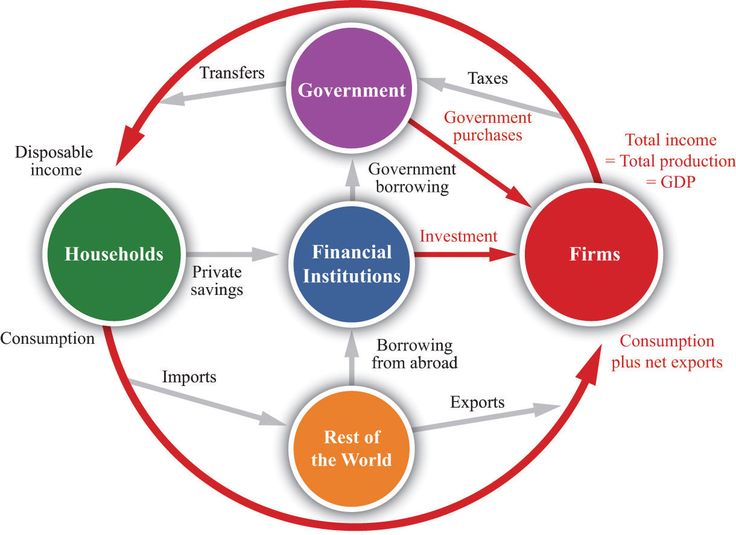 IFS was developed by Dr. Richard Schwartz when he realized that there were significant connections that his clients made between external family systems and internal self-talk. He “began to identify specific “parts” of the self, and determined that they all had value, and could learn to work together rather than against each other” (Rousseau, 2019). Additionally, within the family systems approach therapists are able to redirect and help heal pain from intergenerational trauma by utilizing 4 strategies: use of culture informed treatment, interruption of unhealthy family communication patterns, giving trauma a voice within the family, and helping parents offer children the permission to dissociate (Sells, 2018). When the combination of knowledge, education, training, and various forms of treatment are used, it feels as though the progression towards breaking the cycle of intergenerational trauma is well underway.
IFS was developed by Dr. Richard Schwartz when he realized that there were significant connections that his clients made between external family systems and internal self-talk. He “began to identify specific “parts” of the self, and determined that they all had value, and could learn to work together rather than against each other” (Rousseau, 2019). Additionally, within the family systems approach therapists are able to redirect and help heal pain from intergenerational trauma by utilizing 4 strategies: use of culture informed treatment, interruption of unhealthy family communication patterns, giving trauma a voice within the family, and helping parents offer children the permission to dissociate (Sells, 2018). When the combination of knowledge, education, training, and various forms of treatment are used, it feels as though the progression towards breaking the cycle of intergenerational trauma is well underway.
References:
Isobel, S., Goodyear, M., Furness, T., & Foster, K.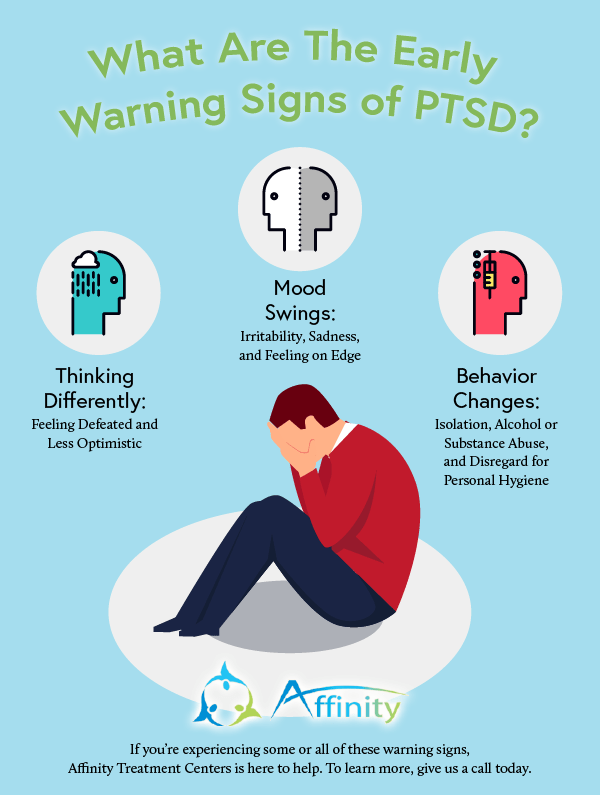 (2019, January 1). Preventing intergenerational trauma transmission: A critical interpretive synthesis. Journal of Clinical Nursing. https://doi.org/10.1111/jocn.14735
(2019, January 1). Preventing intergenerational trauma transmission: A critical interpretive synthesis. Journal of Clinical Nursing. https://doi.org/10.1111/jocn.14735
Rousseau, D. (2019). Module 4 – Pathways to recovery: Understanding approaches to trauma treatment – Lesson 8.
Sells, S. (2018, October 12). A family systems approach to treating intergenerational trauma. Retrieved from https://familytrauma.com/a-family-systems-approach-to-treating-intergenerational-trauma/
The international society for the study of trauma and dissociation (Producer). Fran Waters (Executive Producer). (2007). Trauma & Dissociation in Children I: Behavioral Impacts [Video file].: Cavalcade Productions. Retrieved April 8, 2019, from Kanopy.
Van der Kolk, B. (2015). The body keeps the score: brain, mind, and body in the healing of trauma. New York, NY: Penguin.
Breaking the Cycle – Intergenerational Trauma
By Emily CoyPosted 4 years ago on in CJ 720
View all posts
90,000 phenomenon of intercoral transmission of mental trauma (based on the materials of foreign literature) - advisory psychology and psychotherapy The article presents an analytical review of foreign works dedicated to the studies of the phenomenon of inter -ocolent (transgeneration) transmission of mental trauma.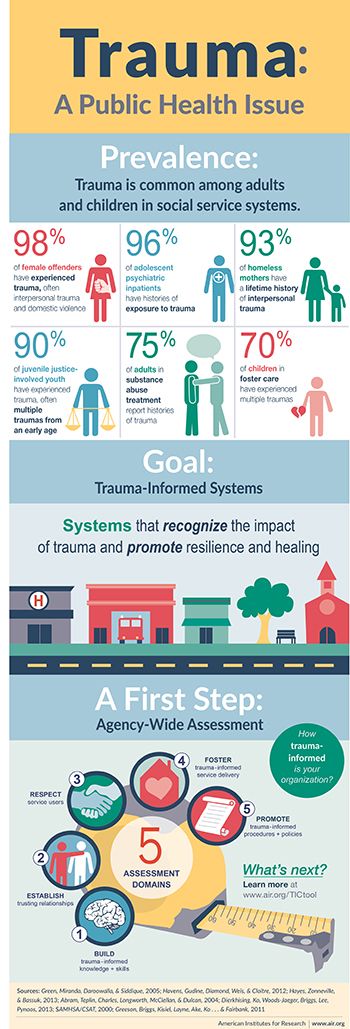 The relevance, social relevance and interdisciplinary studies of the phenomenon in co-time psychology and psychiatry are discussed. The article is structured in accordance with the main aspects of the study of the intercoral transmission of the psi-chic injury highlighted in the process of analysis of literature. nine0003
The relevance, social relevance and interdisciplinary studies of the phenomenon in co-time psychology and psychiatry are discussed. The article is structured in accordance with the main aspects of the study of the intercoral transmission of the psi-chic injury highlighted in the process of analysis of literature. nine0003
Key words: psychic trauma, intergenerational (transgenerational) transmission of psychic trauma, personality, childhood trauma, psychological consequences of psychic trauma
Heading: Scientific reviews generations relevant in terms of its scientific and practical significance in connection with the number of injuries, as individual as well as collective, faced by modern human. In modern domestic psychological science, the topic intergenerational transmission is studied to a greater extent from general psychological, social positions and mainly in its positive aspect as a resource coping behavior in offspring [Kryukova, 2009; Saporovskaya, 2008].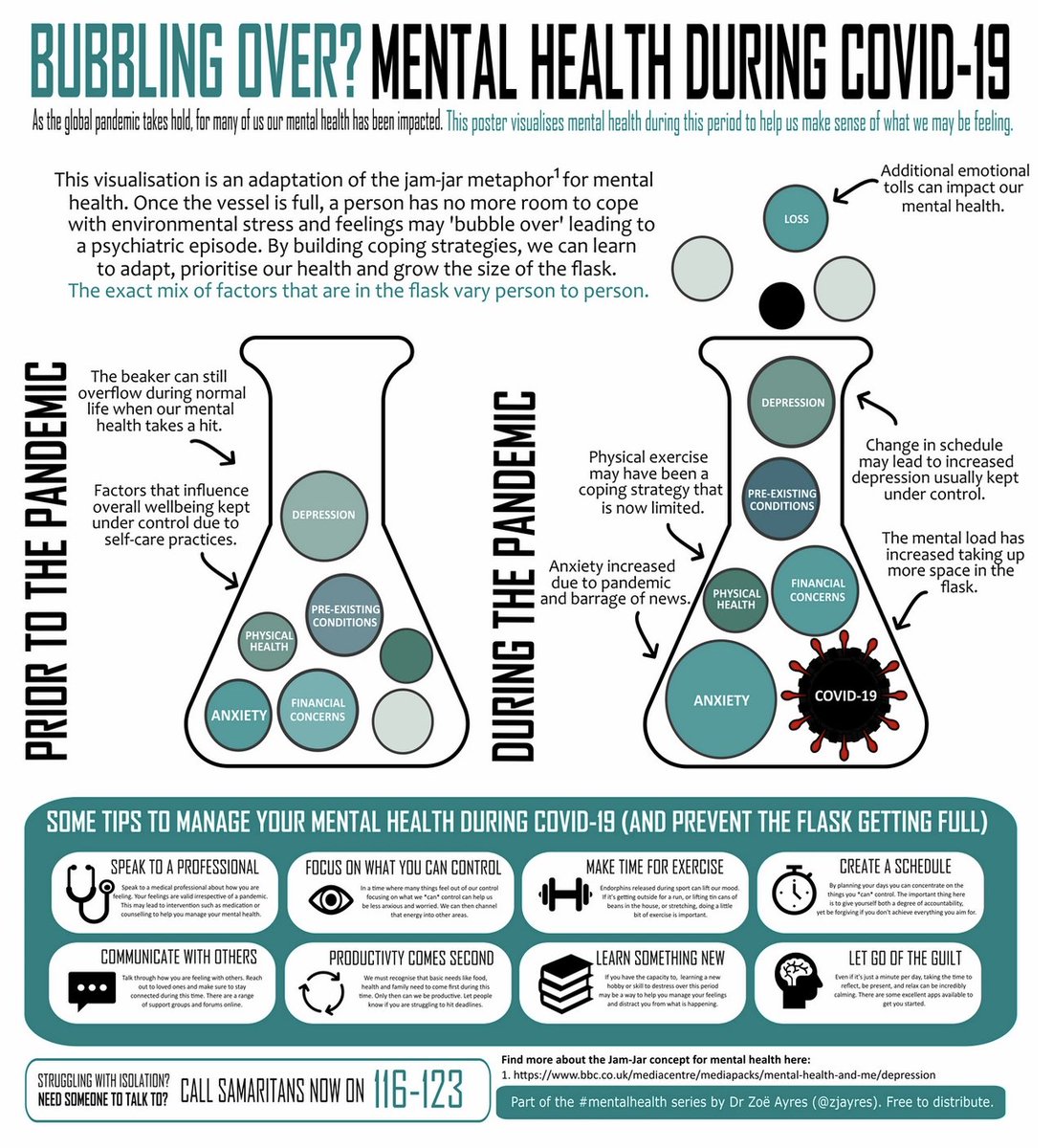
The article attempts to highlight the phenomenon of intergenerational transmission mental trauma based on the materials of foreign authors: psychologists, psychotherapists, psychoanalysts, as well as pediatricians and sociologists. Start active attention to this problem can be attributed to the 60s of the past century, when clinicians became alarmed at the number of children who needed psychological assistance and those who applied to clinics in Canada, as well as other countries, whose parents survived the Holocaust [Danieli, 1998]. These children had various psychological problems, especially those related to identity, as well as symptoms that resembled the effects of a real injury, as if they themselves survived the horrors of the Holocaust.
one. Bion W.R. Elements of psychoanalysis // transl. from English. Moscow: Kogito-Centre, 2009. 127 S.
2. Bowlby J. Attachment // trans. from English. M.: Gardariki, 2003. 477 p.
3.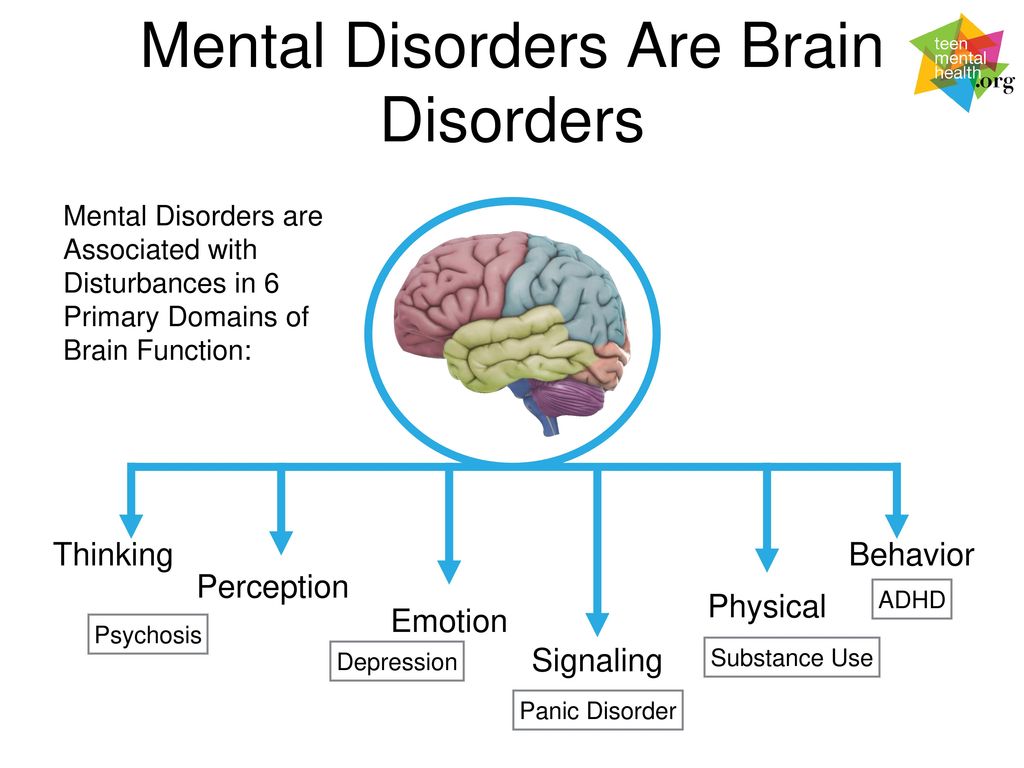 nine0021 Winnicott D. Game and reality // transl. from English. Moscow: Institute general humanitarian research, 2002. 288 ..
nine0021 Winnicott D. Game and reality // transl. from English. Moscow: Institute general humanitarian research, 2002. 288 ..
4. Green A. Dead mother // French psychoanalytic school / ed. A. Zhibo, A. Rossokhina. St. Petersburg: Piter, 2005, pp. 333–362.
five. Klein M. Development in psychoanalysis // transl. from English. Moscow: Academic project, 2001. 512 p.
6. Kryukova T.L. nine0022 et al. Psychology of intergenerational relations: conflicts and resources. Kostroma: KSU im. ON. Nekrasova, 2009. 340 p.
7. Laplanche J., Pontalis J.-B. First fantasy. The beginning of fantasy // French psychoanalytic school / ed. A. Zhibo, A. Rossokhina. St. Petersburg: Peter, 2005, pp. 244–274.
eight. Saporovskaya M.V. Research on intergenerational relationships in a family context [Electronic resource] // Psychological research: electron. scientific magazine 2008. No. 2(2). URL: http://psystudy.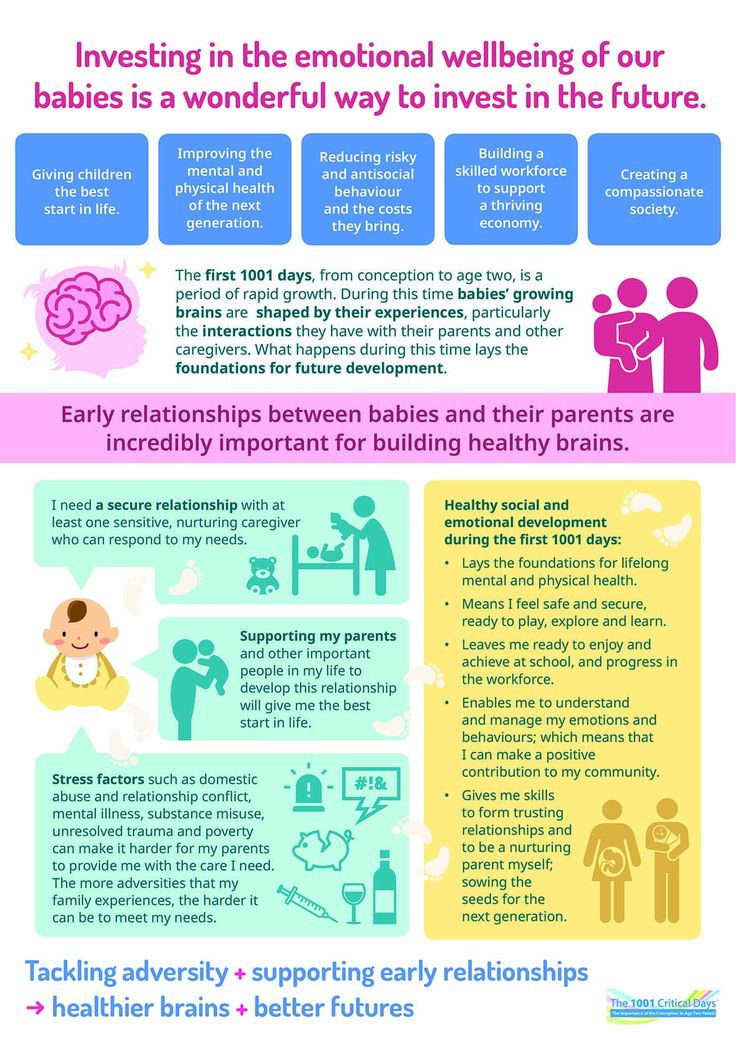 ru (date of access: 12.09.2012).
ru (date of access: 12.09.2012).
nine. Tarabrina N.V. Psychology of post-traumatic stress. M.: Publishing house "Institute of Psychology RAS", 2009. 304 p.
10. Torok M., Abraham N. The Sickness of Mourning and the Phantasm of the Wonderful Corpse // French psychoanalytic school / ed. A. Zhibo, A. Rossokhina. St. Petersburg: Peter, 2005. pp. 317–333.
11. Freud A . Theory and practice of child psychoanalysis // transl. with him. M.: Eksmo press, 1999. 384 S.
12. Freud Z. About narcissism // Essays on the psychology of sexuality. Minsk: Poppuri, 1997. 480 S.
13. Freud Z. Interpretation of dreams // trans. with him. Minsk: Poppuri, 1998. 576 S.
14. Schutzenberger A.A. Ancestor Syndrome: Transgenerational ties, family secrets, anniversary syndrome, trauma transmission and practical uses genosociograms // transl. with him. M.: Publishing House of the Institute of Psychotherapy, 2005.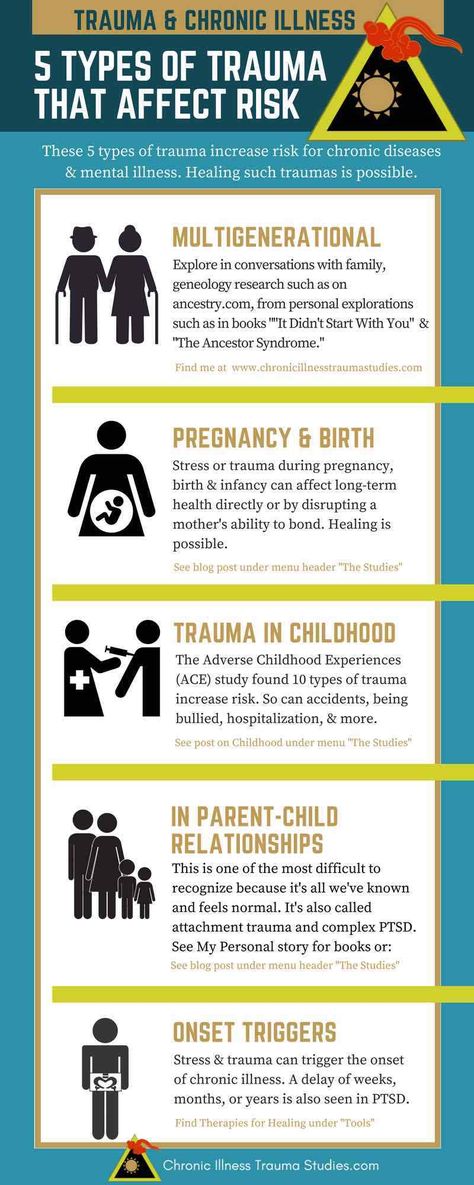 253 with. nine0003
253 with. nine0003
15. Ancharoff M. R. et al. The legacy of combat trauma: Clinical implications of intergenerational transmission // Y. Danieli (Ed.), International handbook of multigenerational legacies of trauma New York: Plenum Press, 1998. P. 257–276.
16. Anning S. La famille: lieu d'ancrage, temps de passage // Thérapie familiale. 1997 Vol. 18. No. 2. R. 127–139.
17. B aranowsky A. B. et al. PTSD transmission: a review of secondary traumatization in Holocaust survivor families // Canadian Psychology. 1998, 39(4). P. 247–256.
18. Barocas H., Barocas C. Manifestation of Concentration Camp Effect on the Second Generation // American Journal of Psychiatry. 1973, 130, pp. 820–826.
19. Bateson G. Steps to an ecology of mind: collected essays in anthropology, psychiatry, evolution and epistemology. University of Chicago Press, 1972.
20. Bernazzani O . Transmission intergenerationnelle des problems psychologiques lies à la victimization au cours de l'enfance: facteurs de risque et de protection // Revue quebecoise de psychologie.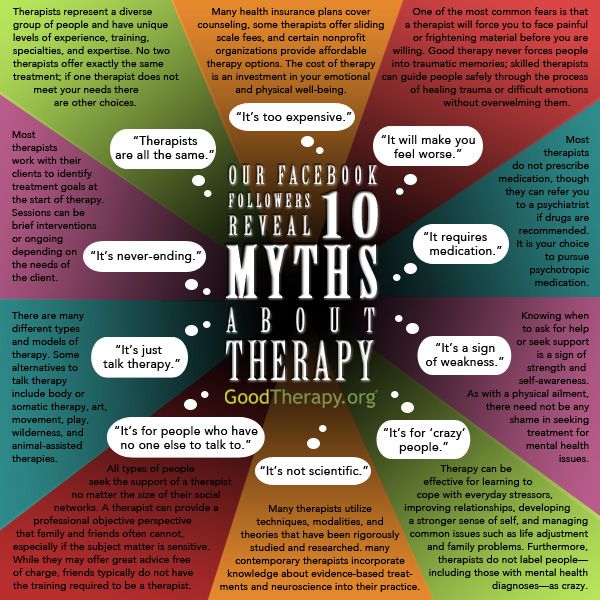 2011 Vol. 22, no. 1. R. 117–133.
2011 Vol. 22, no. 1. R. 117–133.
21. Bifulco A., Moran P. Wednesday's child. Research into women's experience of neglect and abuse in childhood, and adult depression. London: Routledge, 1998.
22. Blumberg M. L. Treatment of the abused child and the child abuser // American Journal of Psychotherapy. 1998, 31. P. 204–215.
23. Bombey A. et al. Intergenerational trauma: convergence of multiple processes among first nations peoples in Canada // Journal of Aboriginal Health. 2009, 10. P. 6–47.
24. Boszormenyi-NagyI. Psychotherapies familiales. Paris: PUF, 1980.
25. Cicchetti D., Carlson V. Child maltreatment. Theory and research on the causes and consequences of child abuse and neglect. New York: Cambridge University Press, 1989.
26. Ciccone A. La transmission psychique inconsciente. Paris: Dunod, 1999.
27. Daigneault I. et al. Attributions and coping in sexually abused adolescents referred to group treatment // Journal of Child Sexual Abuse.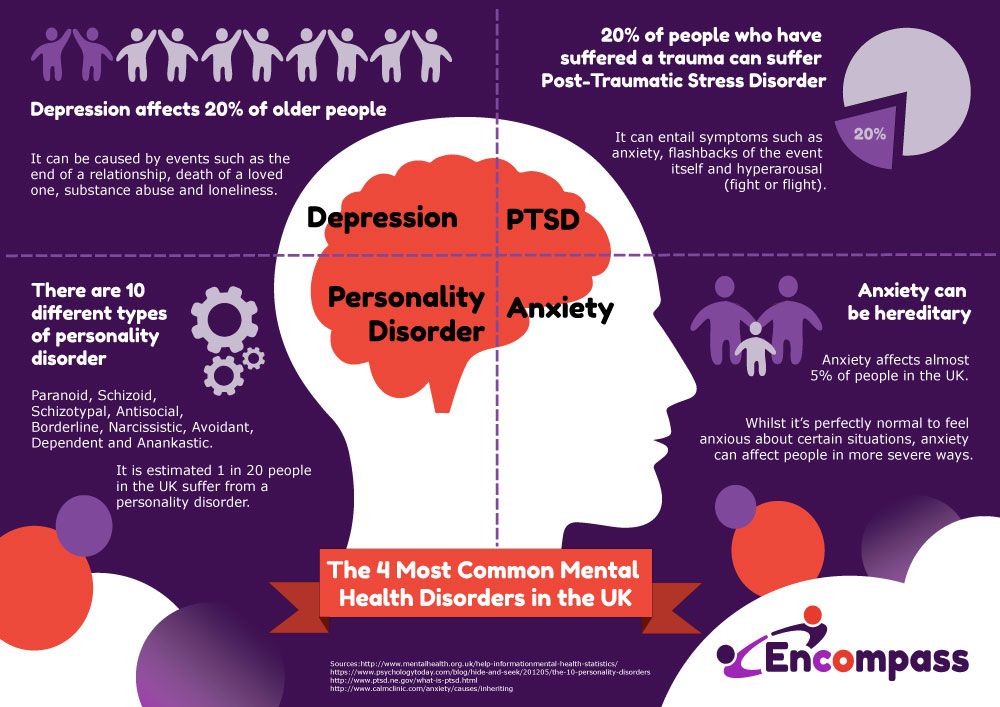 2006, 15. 35–59.
2006, 15. 35–59.
28. Danieli Y. Families of survivors of the Nazi Holocaust: Some short and long-term effects. Research Perspective // DanieliY. (ed.). International Handbook of Multigenerational Legacies of Trauma. New York and London: Plenum Press. 1998. P. 43–68.
29. Daud A. et al . Children in families of torture victims: Transgenerational transmission of parents' traumatic experiences to their children // International Journal of Social Welfare. 2005 , 14. P. 23–32.
30. Davidson A. C., Mellor D. J. The adjustment of children of Australian Vietnam veterans: Is there evidence for the transgenerational transmission of war related trauma? // Australian and New Zealand Journal of Psychiatry. 2001 35. R. 345-351.
31. Eigeur A. et al. Le generationnel. Paris: Dunod, 2005.
32. Faimberg H. Le telescopage des generations. A propos de la genealogie de certaines identifications // Transmission de la vie psychique entre generations / Eds.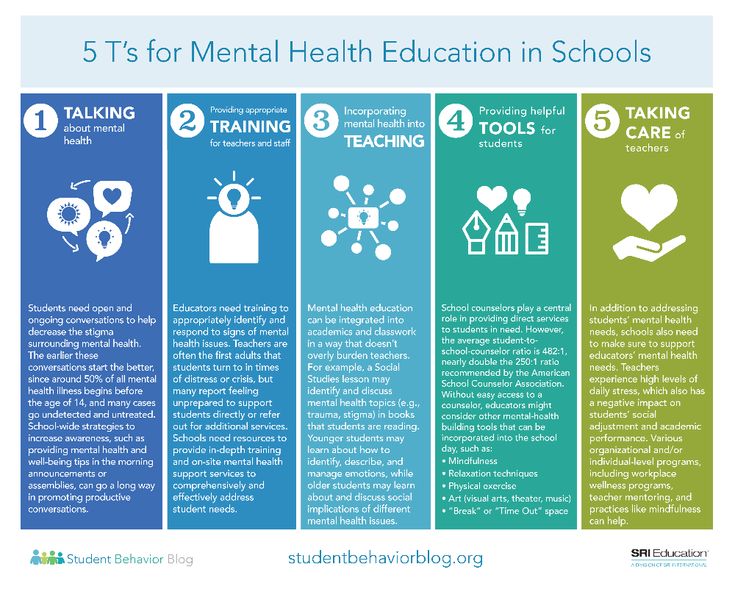 R. Kaes. Paris: Edition Dunod, 1993. R. 59–82.
R. Kaes. Paris: Edition Dunod, 1993. R. 59–82.
33. Flamand H. La transmission intergénérationnelle des traumatismes // Psychologie Quebec. 2001, 10. P 26–28.
34. Fonagy P., Target M. Attachment and reflective function: their role in self-organization // Development and Psychopathology. 1997, 9. P. 679–700.
35. Gampel Y. "Prendre congé" de son passé au travers de la pensé de l'analyste // Journnal de la psychanalyse de l'enfant. nineteen95, 16. P. 169–200.
36. Granjon E. Transmission PSYCHICHICE ET TransFERTS EN Thérapie Familiale Psychanalytique // Gruppo. 1989, 5. R. 47–58.
37. Haesler L. unfant de la "trisième génération" des passécutions NAZies // Journal de La Psychanalyse de l’Enfant. 1989, 9. R. 133–147.
38. Houzel D. La Transmission psychique. Paris: Odide Jacobe, 2010.
39. nine0021 y Ehuda R. et al. Phenomenology and Psychobiology of the International Response to Trauma // Y.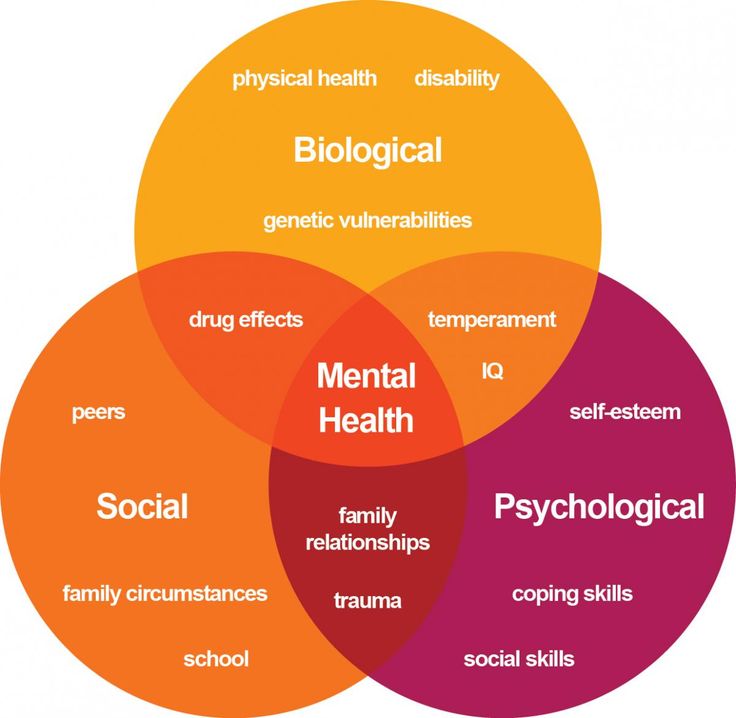 Danieli (Ed.), International Handbook of Multigenerational Legacies of Trauma. New York: Plenum Press, 1998. P. 639–655.
Danieli (Ed.), International Handbook of Multigenerational Legacies of Trauma. New York: Plenum Press, 1998. P. 639–655.
40. Kaes R. Les Alliances Inconscientes. Paris: Dunod, 2009.
41. Kaes R. et al. TRANSMISSION de la vie psychique entre génénérations. Paris: Edition Dunod, 1993.
42. Kahane-Nissenbaum M. C. Exploring international transmission of trauma in third generation holocaust survivors, 2011. Doctorate in Social Work (DSW) Dissertations. Paper 16. http://repository.upenn.edu/edissertations_sp2/16
43. Kestenberg J. Psychoanalysis of children of survivors of the Holocaust: case presentation and assessment // Journal of the American Psychanalytique association. nineteen83, 28. P. 775–804.
44. Krystal H. Trauma and Affects // Psychanalytique Study Child , 1978. 33. P. 81–116.
45. Kuch K., Cox B. J. Symptoms of PTSD in 124 survivors of the holocaust // American Journal of Psychiatry.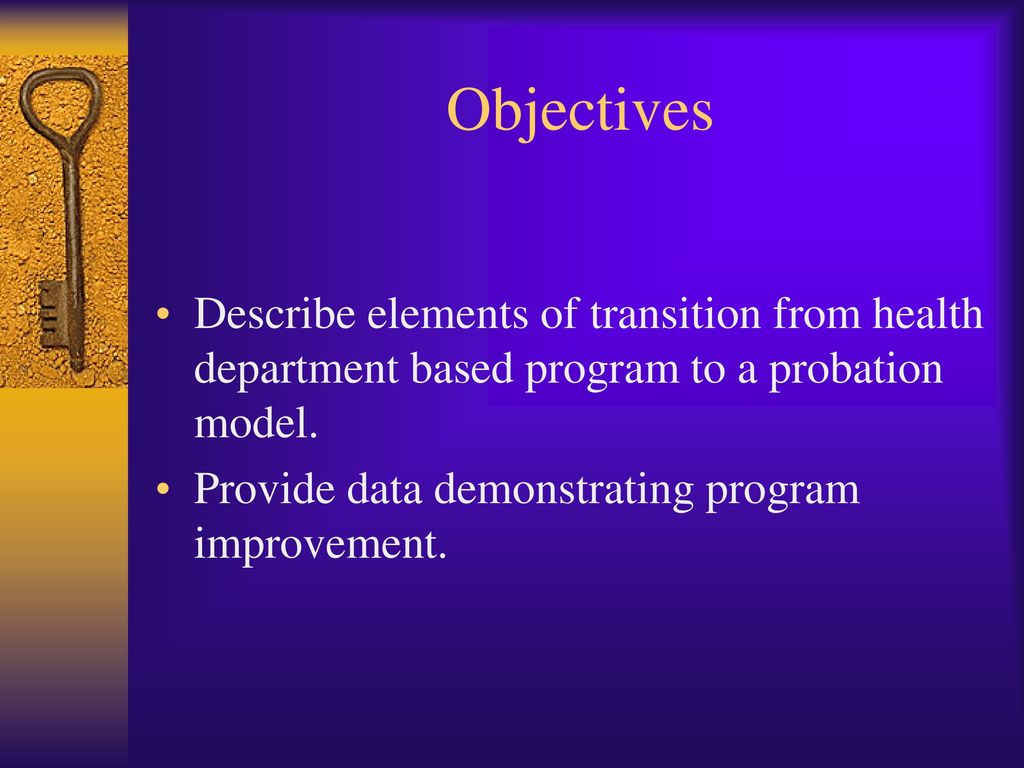 1992, 149. P. 337–340.
1992, 149. P. 337–340.
46. K upeliaD., Kalayjian A. S. Kassabian A. The Turkish genocide of the Armenians // Y. Danieli (Ed.), International handbook of multigenerational legacies of trauma. New York: Plenum Press, 1998. P. 191–210.
47. Lebovici S., Soulé M. La connaissance de l'enfant par la psychanalysis. Paris: PUF, 2007.
48. Michard P. L'approche contextuelle. Paris: Editions Morisset, 1996.
49. Mijolla A. Préhistoires de famille. Paris: PUF, 2004.
50. Mijolla A. Les visiteurs du moi. Paris: Les belles lettres, 2003.
51. nine0021 M öhler E. et al. The early appearance and intergenerational transmission of maternal traumatic experiences in the context of mother-infant interaction // Journal of Child Psychotherapy. 2001, 27(3). P. 257–271.
52. N ader K. O. Violence. Effects of parents’ previous trauma on currently traumatized children // Y.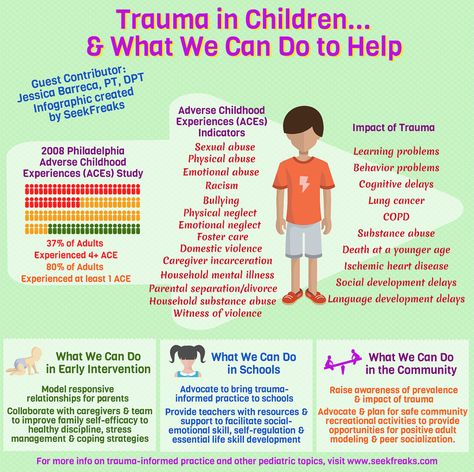 Danieli, (Ed.), International handbook of multigenerational legacies of trauma. New York: Plenum Press, 1998.P 571–583.
Danieli, (Ed.), International handbook of multigenerational legacies of trauma. New York: Plenum Press, 1998.P 571–583.
53. Nadler A. et al. Transgenerational effects of the Holocaust: Externalization of aggression in second generation of Holocaust survivors // Journal of Counseling and Clinical Psychology. 1985, 53(3). P. 365–369.
54. Op den Velde W. Children of Dutch war sailors and civilian resistance veterans // Y. Danieli (Ed.), International handbook of multigenerational legacies of trauma . New York: Plenum Press, 1998. pp. 147–162.
55. Rakoff V. et al. Children and families of concentration camp survivors // Canada's mental health. 1976, 14. P. 24–26.
56. Rosenheck R., Fontana A. Warrior fathers and warrior sons: Intergenerational aspects of trauma // Y. Danieli (Ed.), International handbook of multigenerational legacies of trauma). New York: Plenum Press, 1998. pp. 225–242. nine0003
57.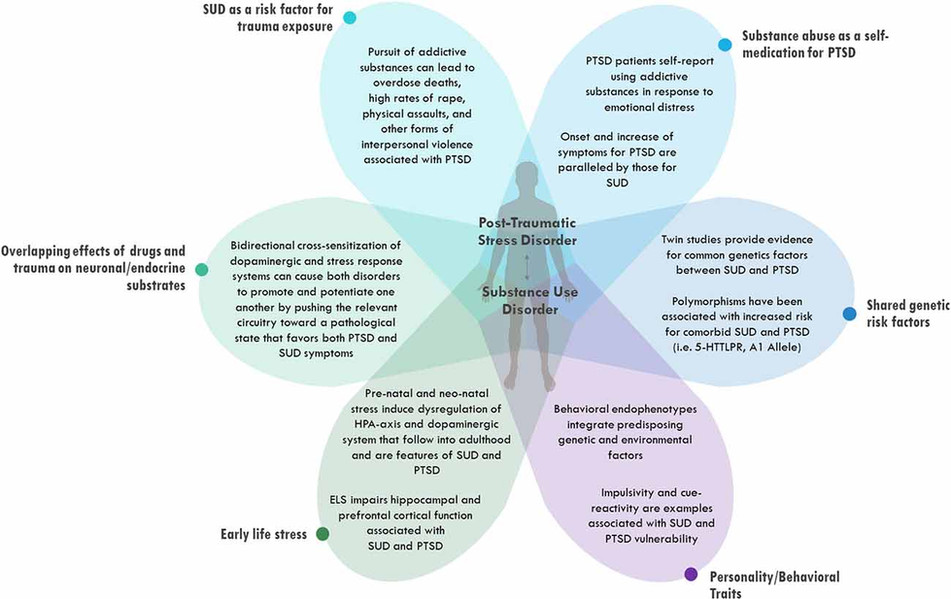 Rousseau C., Drapeau A. The impact of culture on the transmission of trauma: Refugees’ stories and silence embodied in their children’s lives // Y. Danieli (Ed.), International handbook of multigenerational legacies of trauma. New York: Plenum Press, 1998. pp. 465–486.
Rousseau C., Drapeau A. The impact of culture on the transmission of trauma: Refugees’ stories and silence embodied in their children’s lives // Y. Danieli (Ed.), International handbook of multigenerational legacies of trauma. New York: Plenum Press, 1998. pp. 465–486.
58. Rowland-Klein D., Dunlop R. The transmission of trauma across generations: identification with parental trauma in children of Holocaust survivors // Australian and New Zealand Journal of Psychiatry. nineteen98, 32(3). P. 358–69.
59. Sigal J.J., Weinfeld M. Control of aggression in adult children of survivors of the Nazi persecution // Journal of Abnormal Psychology. 1985, 94. P. 556–564.
60. Srour R. W., Srour A. Communal and familial war-related stress factors: The case of the Palestinian child // Journal of Loss and Trauma. 2005, 11. P. 289–309.
61. Stierlin H. Le premier entretien familial. theorie, pratique, examples. Paris: Editions universitaires J.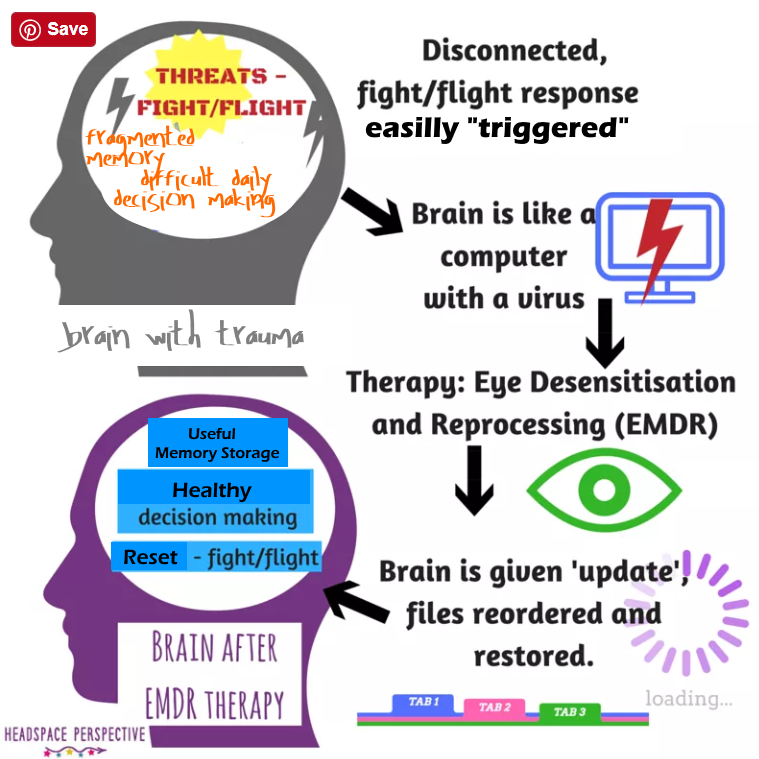 P. Delarge, 1979.
P. Delarge, 1979.
62. Tisseron S. Secrets de famille. Mode d'employ. Paris: Marabout, 2007.
63. Vinar M. Exil et torture. Paris: Denoël, 1988.
Climate change, fragmentation and collective trauma
Abram, D. (1997). The Spell of the Sensuous: Perception and Language in a More-Than- Human World. New York: vintage.
Arendt, H. (2006). Eichmann in Jerusalem: A report on the Banality of Evil. Penguin Publishing Group, London
Bateson, G. (1972). Steps to an Ecology of Mind: Collected Essays in Anthropology, Psychiatry, Evolution, and Epistemology. University of Chicago Press.
Bauman, Z. (2000). Liquid Modernity. Cambridge: Polity Press.
Bednarek, S (2018) How wide is the field? Gestalt psychotherapy, capitalism and the
natural world. British Gestalt Journal; 27(2): 8-17.
Bednarek, S. (2019) This is an emergency. Proposals for a collective response to the climate crisis. British Gestalt Journal; 28(2): 6-15. nine0295 Berger S, Kouzarides T, Shiekhattar R, Shilatifard A (2009). An operational definition of epigenetics. Genes & Development. 23(7):781-3.
nine0295 Berger S, Kouzarides T, Shiekhattar R, Shilatifard A (2009). An operational definition of epigenetics. Genes & Development. 23(7):781-3.
Bly, R (1996) The Sibling Society. An Impassionate call for the rediscovery of adulthood. Vintage, New York
Campbell, J. (1949). The Hero with a Thousand Faces. Princeton, New Jersey: Princeton University Press.
Capra, F. (1982). The Turning Point: Science, Society and the Rising Culture. New York: Bantam Books.
Capra, F. and Luisi, P.L. (2014). The Systems View of Life: A Unifying Vision. Cambridge: Cambridge University Press. nine0295 Centric Lab (2019) PTSD prevalence in impoverished neighborhoods and climate change. https://static1.squarespace.com/static/57a5a729414fb58fa3e0e0a6/t/ 5d88e697a1cdc8149e726b6b/1569253084998/ . The Postbiological Universe. 57th International Astronautical Congress. National Aeronautics and Space Administration (NASA) Headquarters, www.setileague.org/iaaseti/abst2006/IAC-06-A4.2.01.pdf
Dinnerstein, D, Miller, N.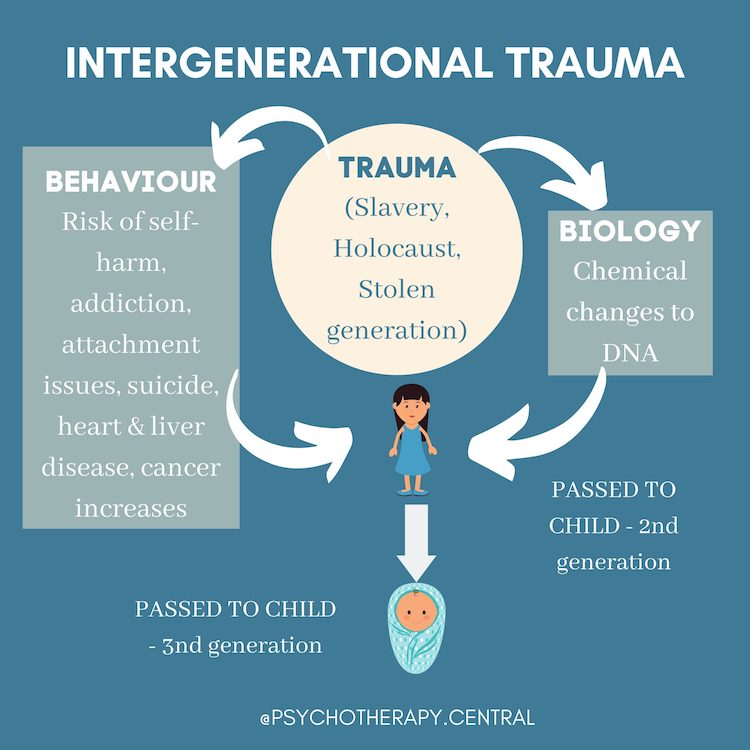 And Karl, S. (2020). Sentience and Survival. Dark Matter: Women witnessing. http://darkmatterwomenwitnessing.com/issues/Mar2020/articles/Dorothy-Dinnerstein_Sentience-and-Survival.html (Retrieved on 4/26/2020)
And Karl, S. (2020). Sentience and Survival. Dark Matter: Women witnessing. http://darkmatterwomenwitnessing.com/issues/Mar2020/articles/Dorothy-Dinnerstein_Sentience-and-Survival.html (Retrieved on 4/26/2020)
Erskine, R. (1994). Shame and Self-Righteousness: Transactional Analysis Perspectives and Clinical Interventions. Transactional Analysis Journal, 24(2), pp. 86-102.
Fischer, J. (2017) Healing the fragmented selves of trauma survivors. Overcoming internal self-alienation. New York: Routledge
Forner, C. (2017). Dissociation, mindfulness and creative meditations. Trauma-informed practices to facilitate growth. New York: Routledge
Glendenning, C (1994) My name is Chellis and I'm in recovery from western civilization. Boston: Shambhals
Gretton, D. (2019). I You We Them: Journeys Beyond Evil: The Desk Killer in History and Today. London: William Heinemann
Higgins, P. (2010). Eradicating Ecocide. Laws and Governance to prevent the destruction of our planet.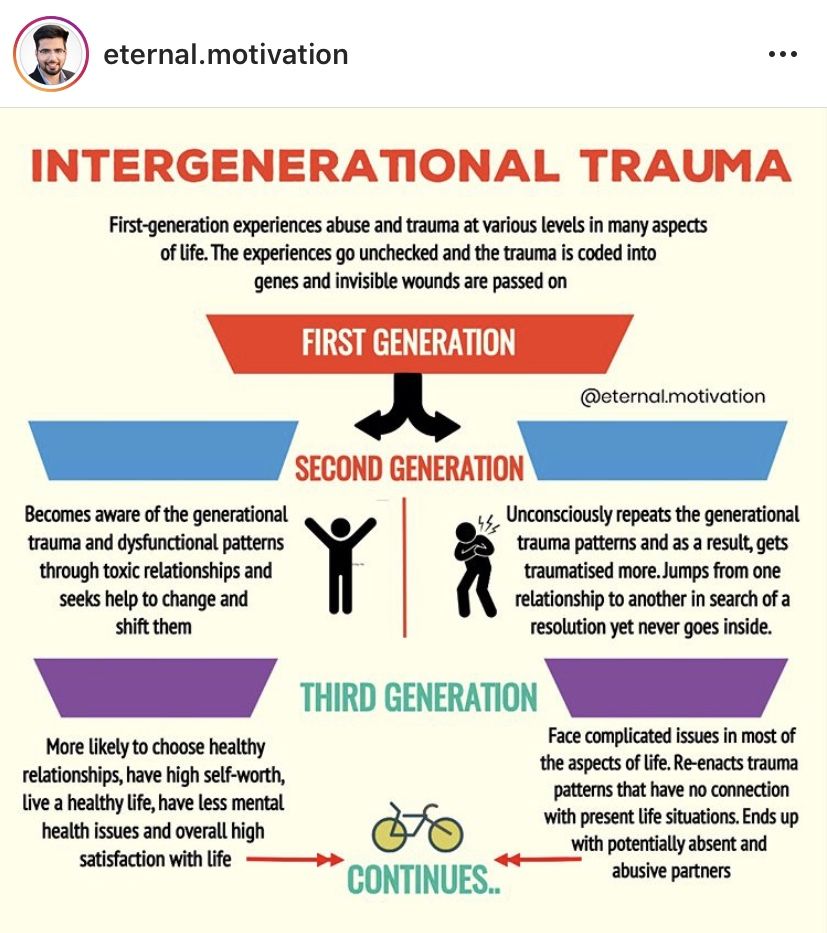 London: Shepheard-Walwyn. nine0295 Hillman, J. (1996). The Soul's Code. In search of character and calling. Michigan: Random House
London: Shepheard-Walwyn. nine0295 Hillman, J. (1996). The Soul's Code. In search of character and calling. Michigan: Random House
Hillman, J. (1995). A Psyche the Size of the Earth: A Psychological Foreword. In T. Roszak, M.E. Gomes and A.D. Kanner (eds.), Ecopsychology: Restoring the Earth, Healing the Mind. San Francisco: Sierra Club Books.
IPCC (2018) Special report: global warming of 1.5 C. https://www.ipcc.ch/sr15/
Jung, C.G. (1980). Psychology and Alchemy, 2nd Edition, Collected Works of C. G. Jung, London: Routledge
Jung, C. G and Jaffe, A. (1995). Memories, Dreams, Reflections. London: Fontana Press
Kremer, J. (1998). The shadow of evolutionary thinking. In D. Rothberg & S. Kelly, Ken Wilber in Dialogue (pp. 237-258). Wheaton, Illinois: Quest. (Reprint of 1996)
Huebl, T. (2019). Healing Collective Trauma. Harvard Medical School. https://www.youtube.com/watch?v=mExBoPftp8I
Lertzman, R. (2015). environmental melancholia. Psychoanalytic dimensions of engagement. Hove: Routledge.
Hove: Routledge.
Levine, P. (1997). Waking the Tiger. Healing Trauma. Berkley, California: North Atlantic Books
Mack, J.E. (1995) The Politics of Species Arrogance. In: Roszak, T (1995) Ecopsychology. Restoring the Earth, Healing the Mind. Sierra Club Books, CA. p.279-288
McGilchrist, I. (2010a). The Master and His Emissary. The Divided Brain and the Making of the Western World. New Haven and London: Yale University Press.
McGilchrist, I. (2010b). Recapturing the Whole: Brain hemispheres and the renewal of culture. In: Lorimer, D. And Robinson, O. (Ed.) (2010) A New Renaissance: Transforming Science, Spirit and Society. Edinburgh, Flioris, pp.61-71
McGrane, B. (1989). Beyond anthropology. New York: Columbia.
Ogden, P. and Fischer, J. (2015). Sonsorimotor Psychotherapy. Interventions for Trauma and Attachment. New York: W.W. Norton
Peters, J. (2020), The Goddess of Never Not Broken. https://www.scienceandnonduality.com/article/the-goddess-of-never-not-broken.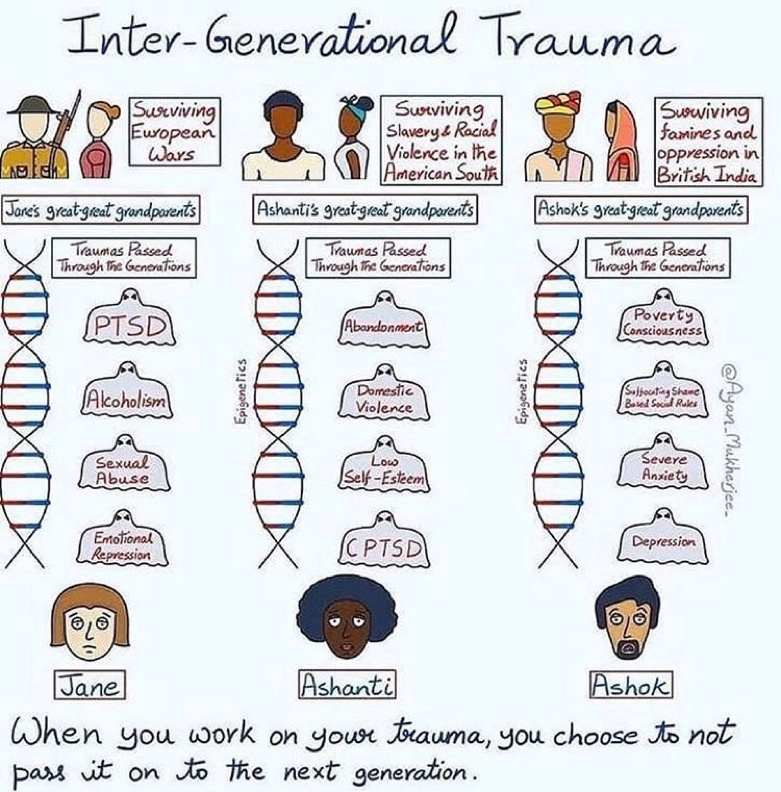
Rohr, R. (2012). Falling up. A spirituality for the two halves of life. London: Spec
Rothchild, B. (2000). The body remembers. The psychophysiology of trauma and trauma treatment. New York: W.W. Norton
Sereny, G. (1974). Into that Darkness. From Mercy Killing to Mass Murder. London. Pimlico.
Shaw, M. (2019). Mud and Antler bone. Emergence Magazine Podcast. https:// emergencemagazine.org/story/mud-and-antler-bone/
Siegel, D. (1999). The Developing Mind. New York: Guilford.
Short AK, Fennell KA, Perreau VM, Fox A, O'Bryan MK, Kim JH, et al. (June 2016).
Elevated paternal glucocorticoid exposure alters the small noncoding RNA profile in sperm and modifies anxiety and depressive phenotypes in the offspring. Translational Psychiatry. 6 (6): e837
The World Bank (2019) Climate Change Could Force Over 140 Million to Migrate Within Countries By 2050: World Bank Report https://www.worldbank.org/news/press-release/ 2018/19/19/19/19/19/19/19/19 CHANGE-COULD-FORCE-OVERCE-140-MIGRATE-MIGRATE-WITHIN-COUNTRIES-BY-2050-WORLD-BANK-REPORT Accessed: 21st October 2019
Van Der Hart, O.